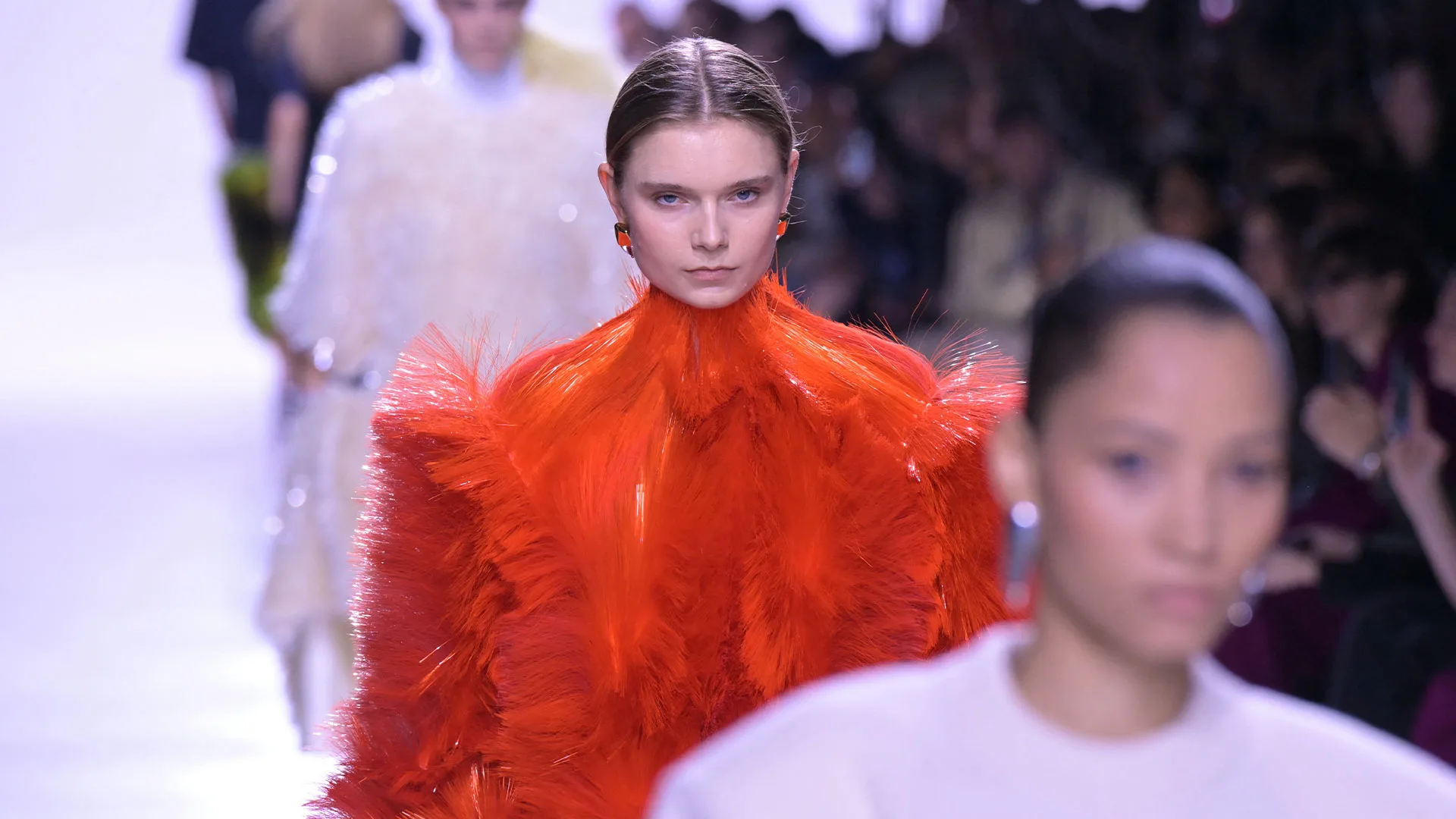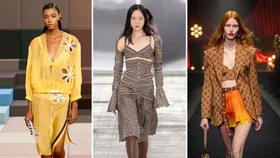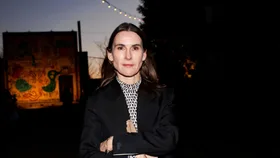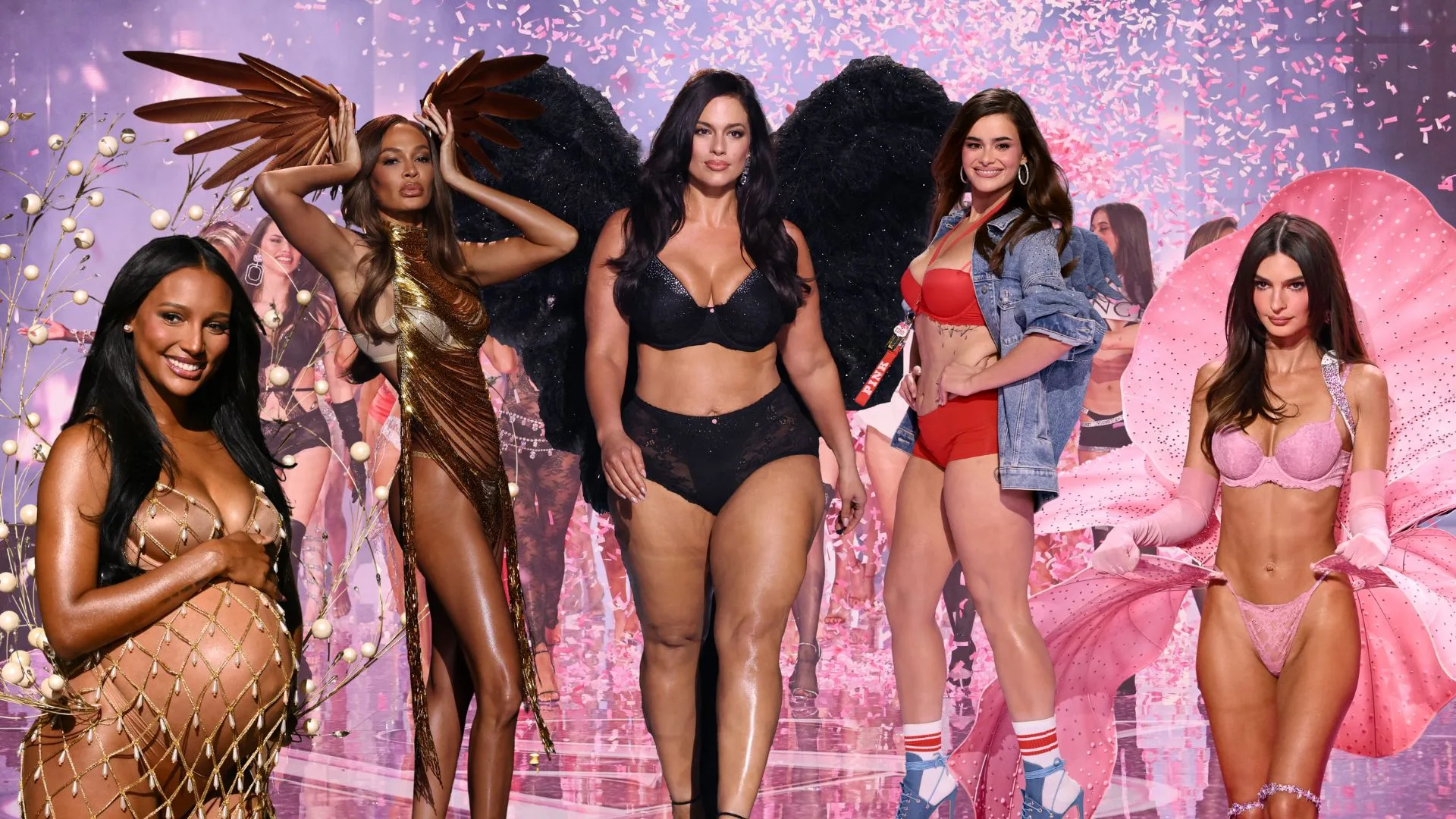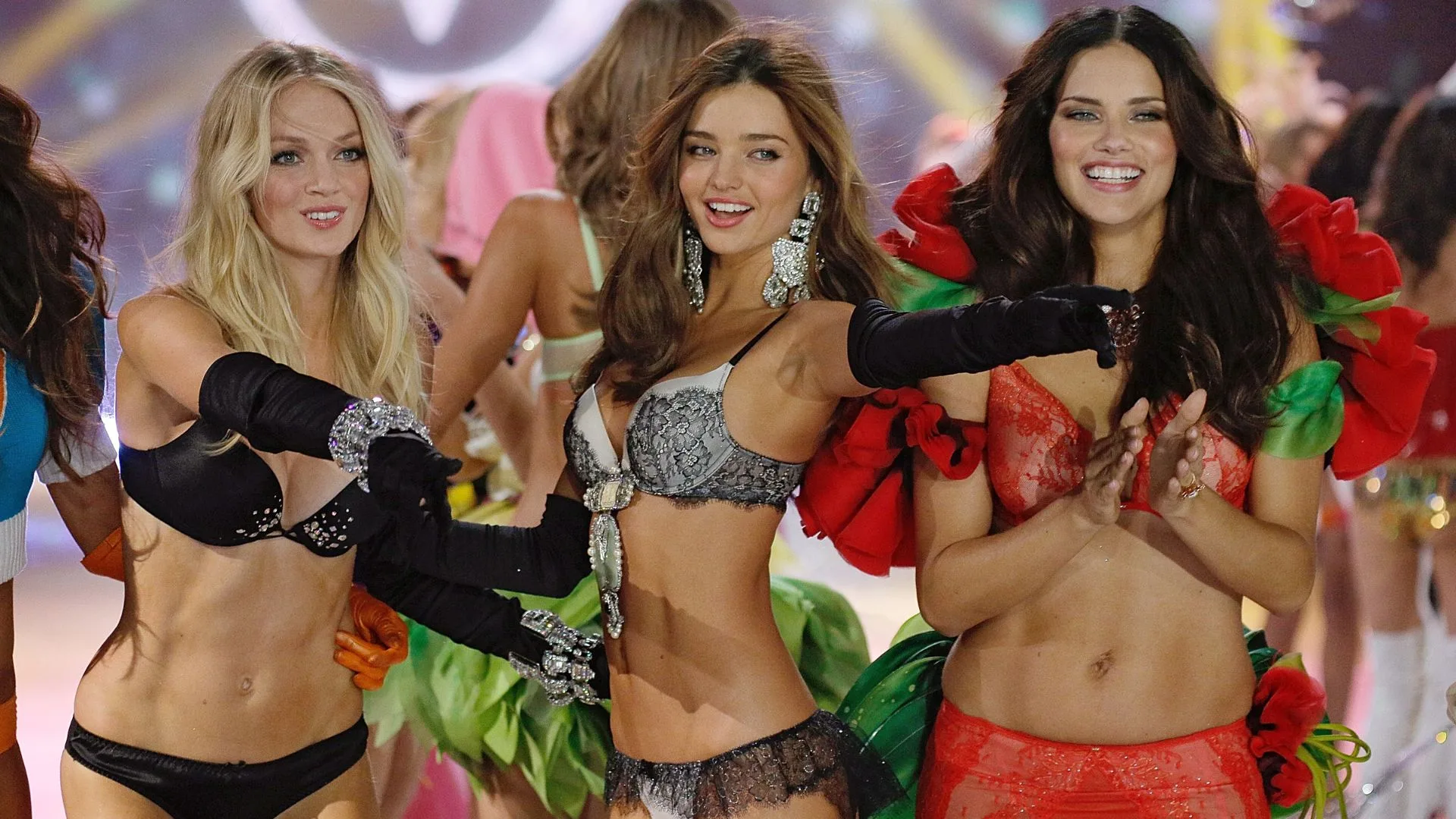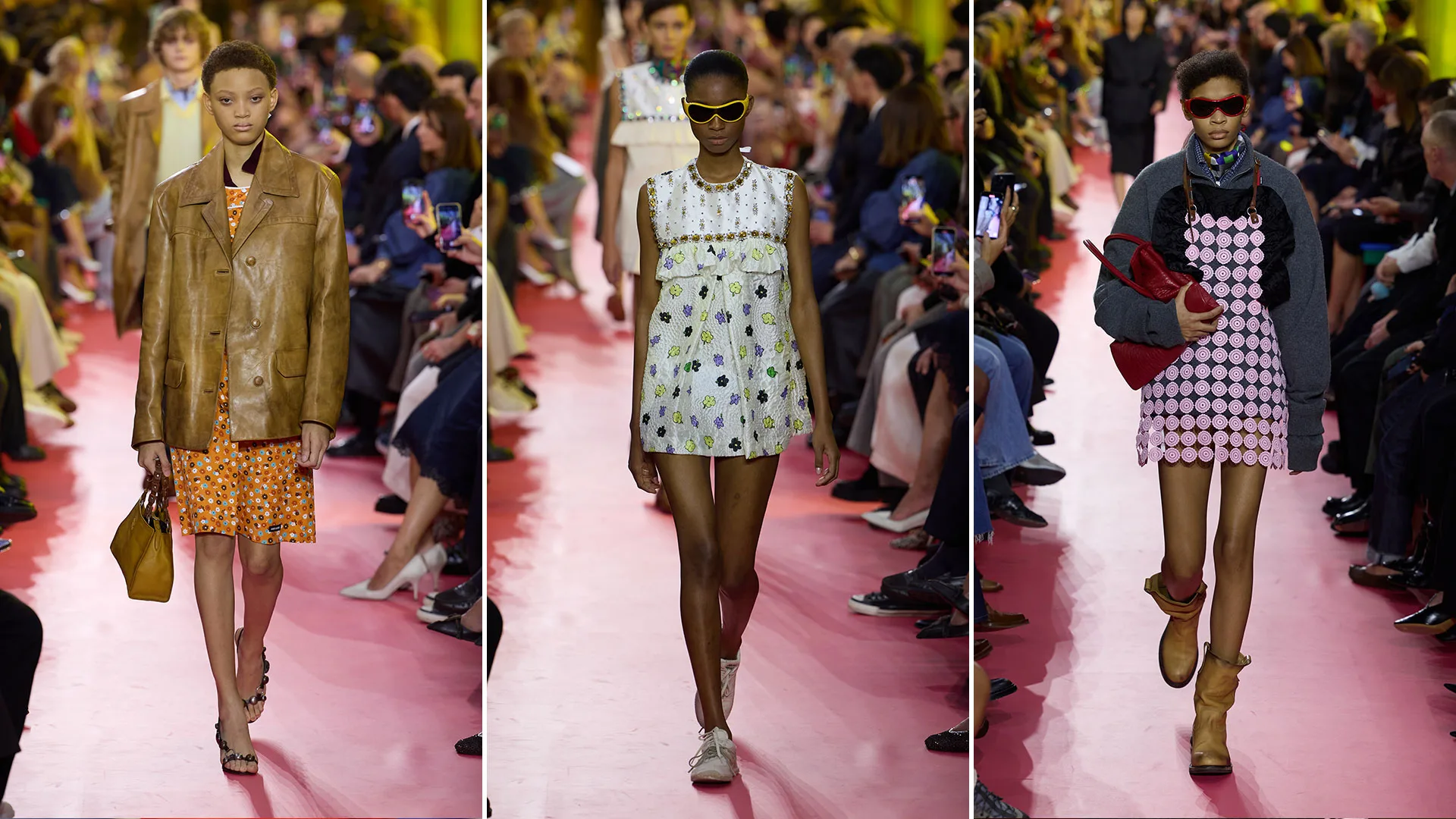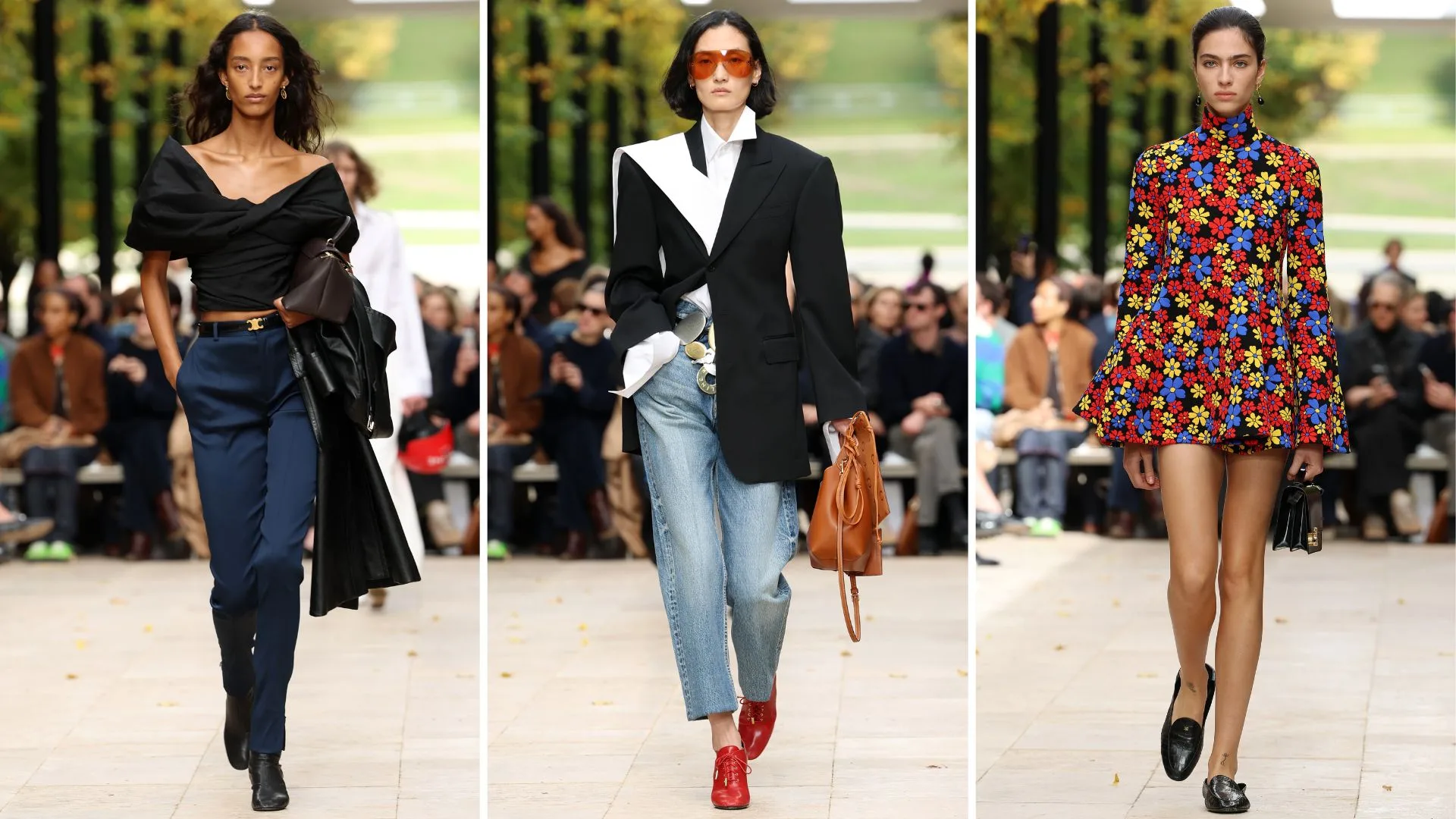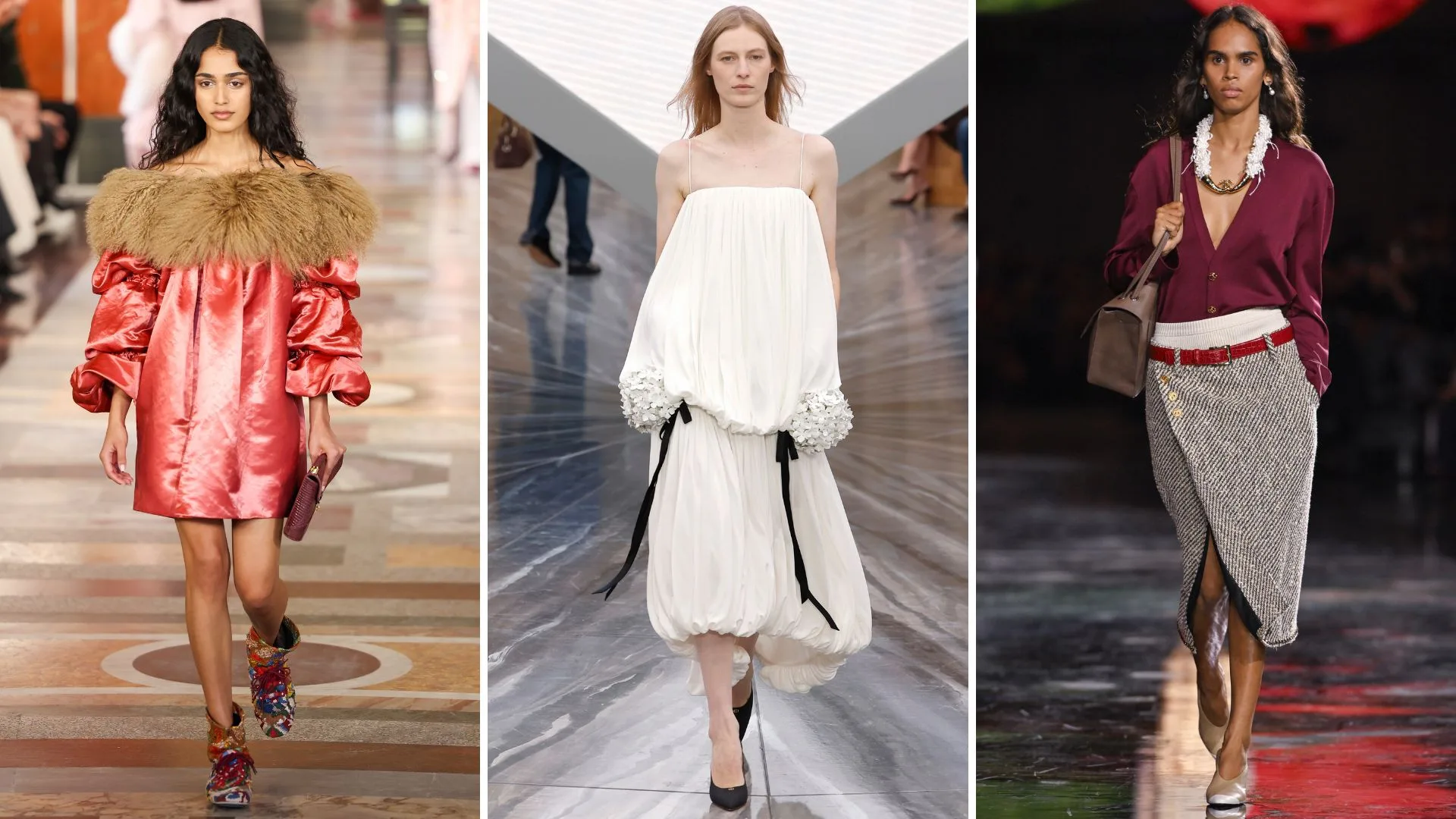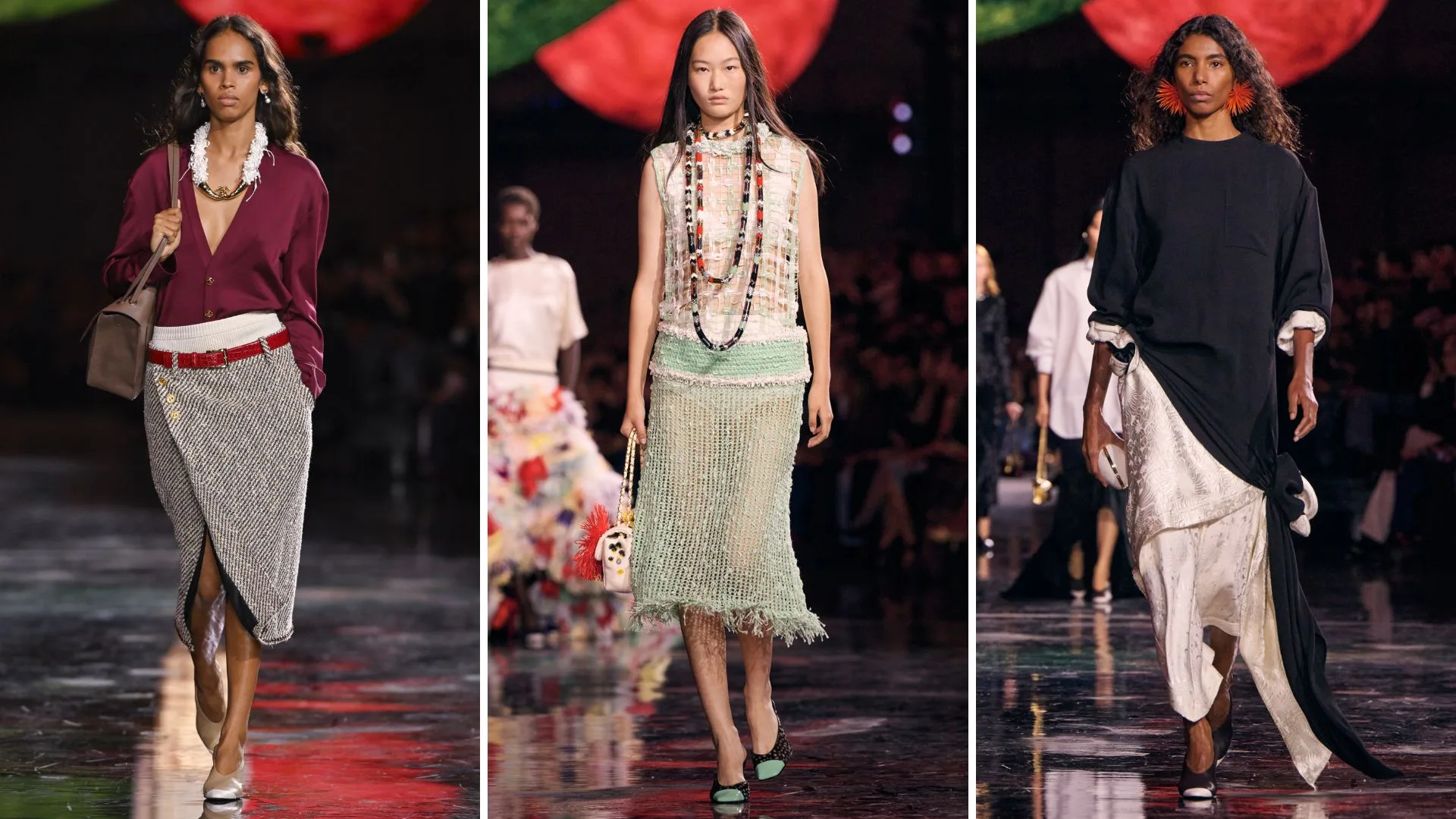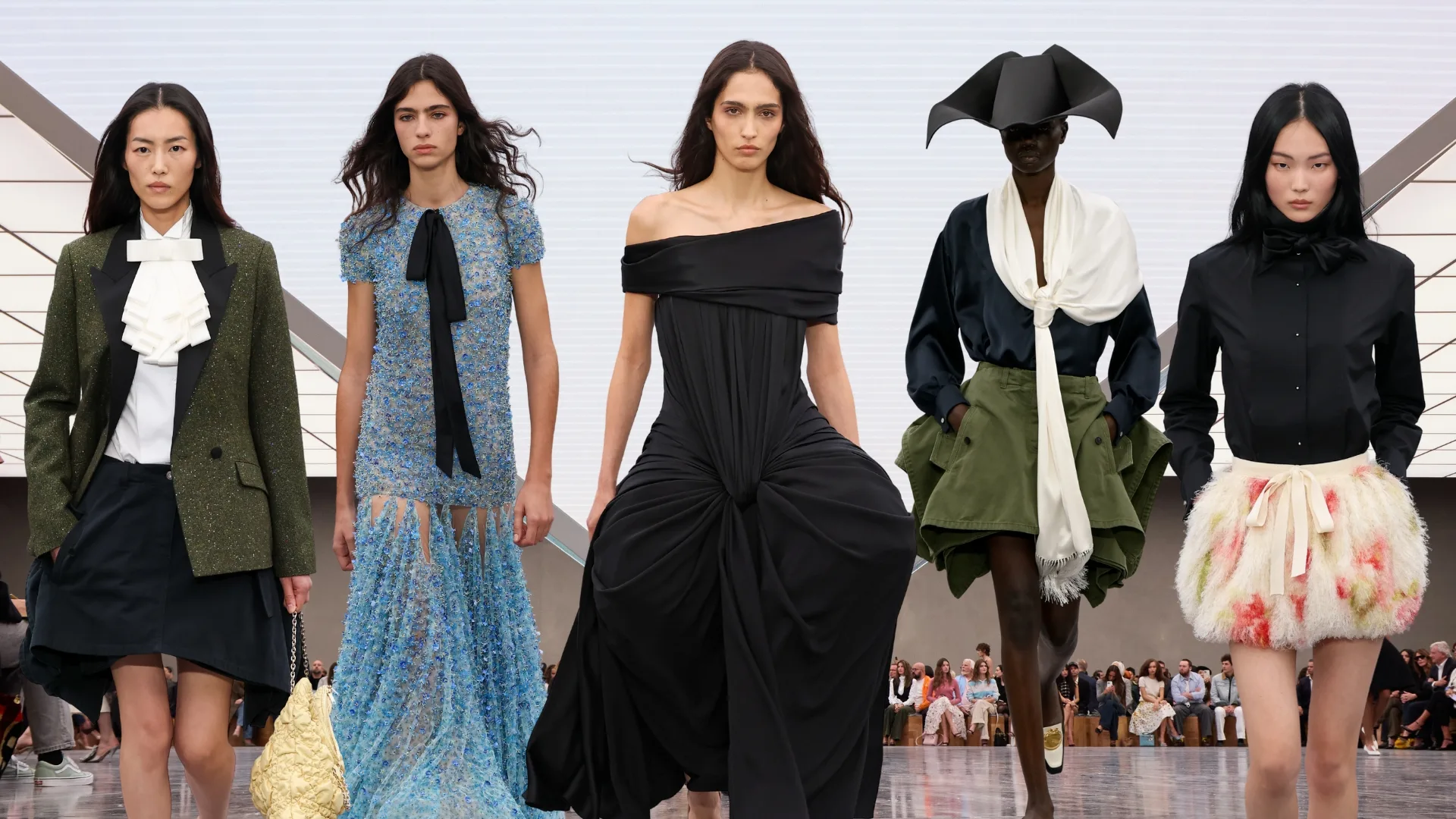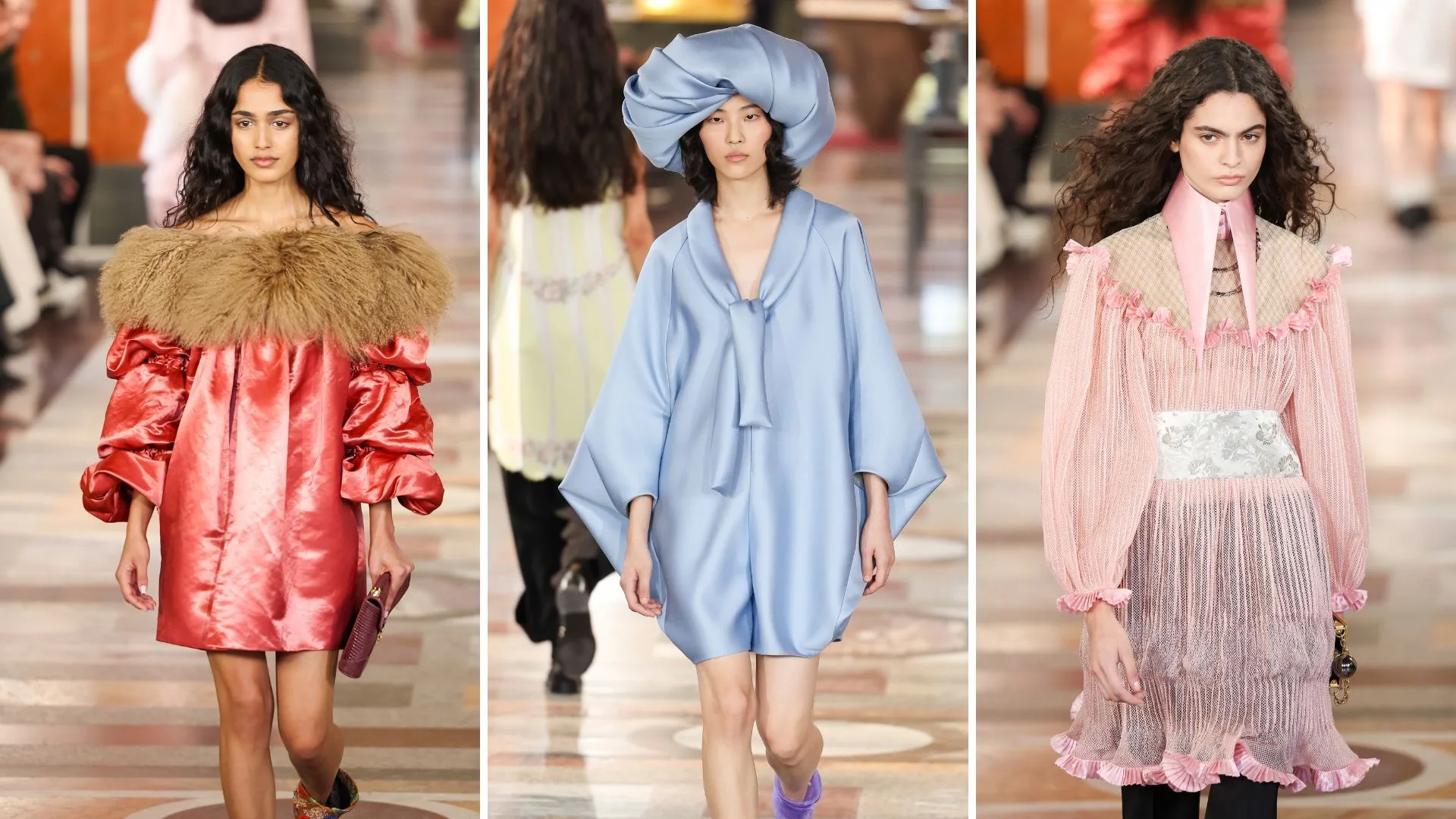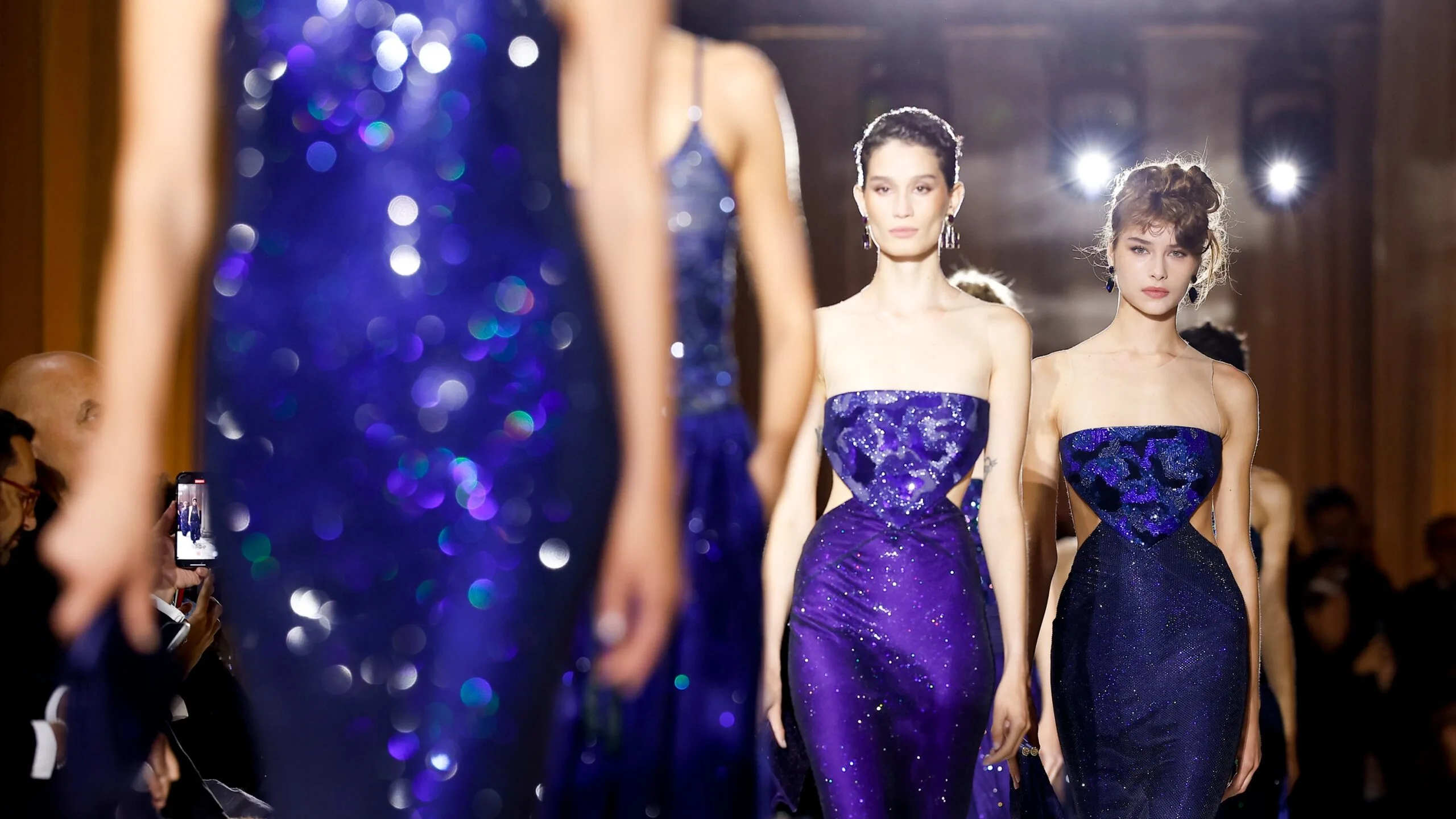There are few moments in fashion that feel truly mysterious in 2025. Between live-streamed fittings, Instagram teasers and red-carpet previews, most collections are unwrapped and dissected long before the first model steps onto the runway. Which is precisely why Milan felt different this week. Bottega Veneta, famously absent from social media, has perfected the art of keeping secrets—and for Louise Trotter’s first outing as creative director, anticipation clung to the room like perfume.
Appointed last year, Trotter arrived at Bottega with an impressive résumé—Whistles, Calvin Klein, Gap, Tommy Hilfiger, Lacoste, Carven—and her reputation is one of quiet confidence. But this was never about a CV. Trotter is the only woman currently leading a Kering house, one of just two female appointments in this season’s record-breaking game of creative director musical chairs.
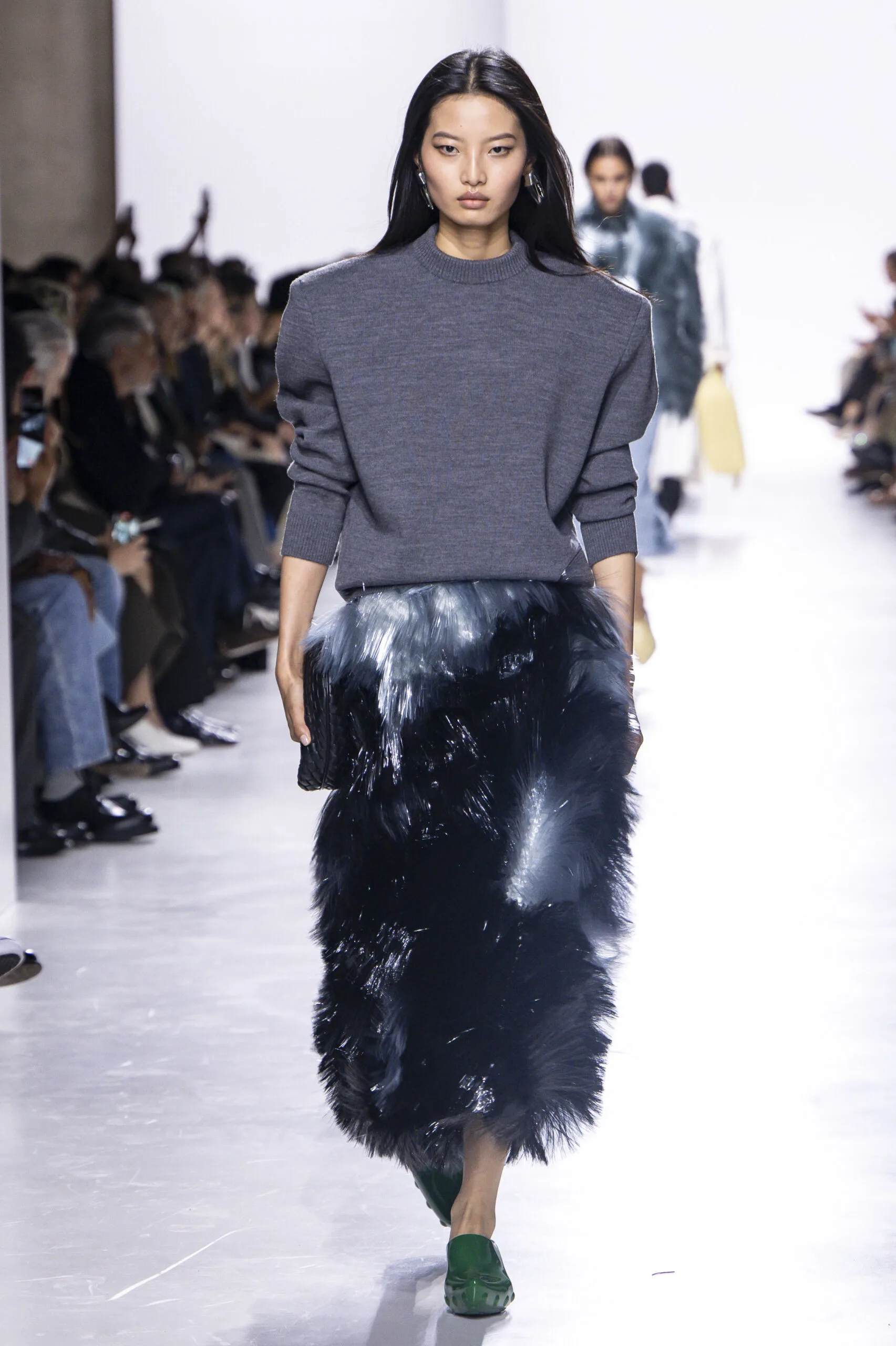

She also inherits a lineage that runs from Tomas Maier’s long tenure of craft-driven understatement, through Daniel Lee’s meme-making ‘Bottega green’, to Matthieu Blazy’s sculptural finesse before he decamped to Chanel. The question was never just what she would show, but how she would stake her claim on a house with such an elastic identity.
Inside the show space, those questions hung in the air (literally). Sculptural installations of woven rope by artist Kwangho Lee coiled like oversized talismans of the house’s artisanal code. Guests perched on Murano glass chairs, the front row thick with cinematic wattage—Julianne Moore, Uma Thurman, Owen Cooper—flanked by the house’s founders, Laura Moltedo and Renzo Zengiaro. Then, as Nina Simone’s “Wild Is the Wind” began to play (later entwined with Bowie’s version), the collection opened with a monochrome look—a coat fastened with knotted leather—answered by a black, off-the-shoulder dress that introduced a more sensual, undone note.
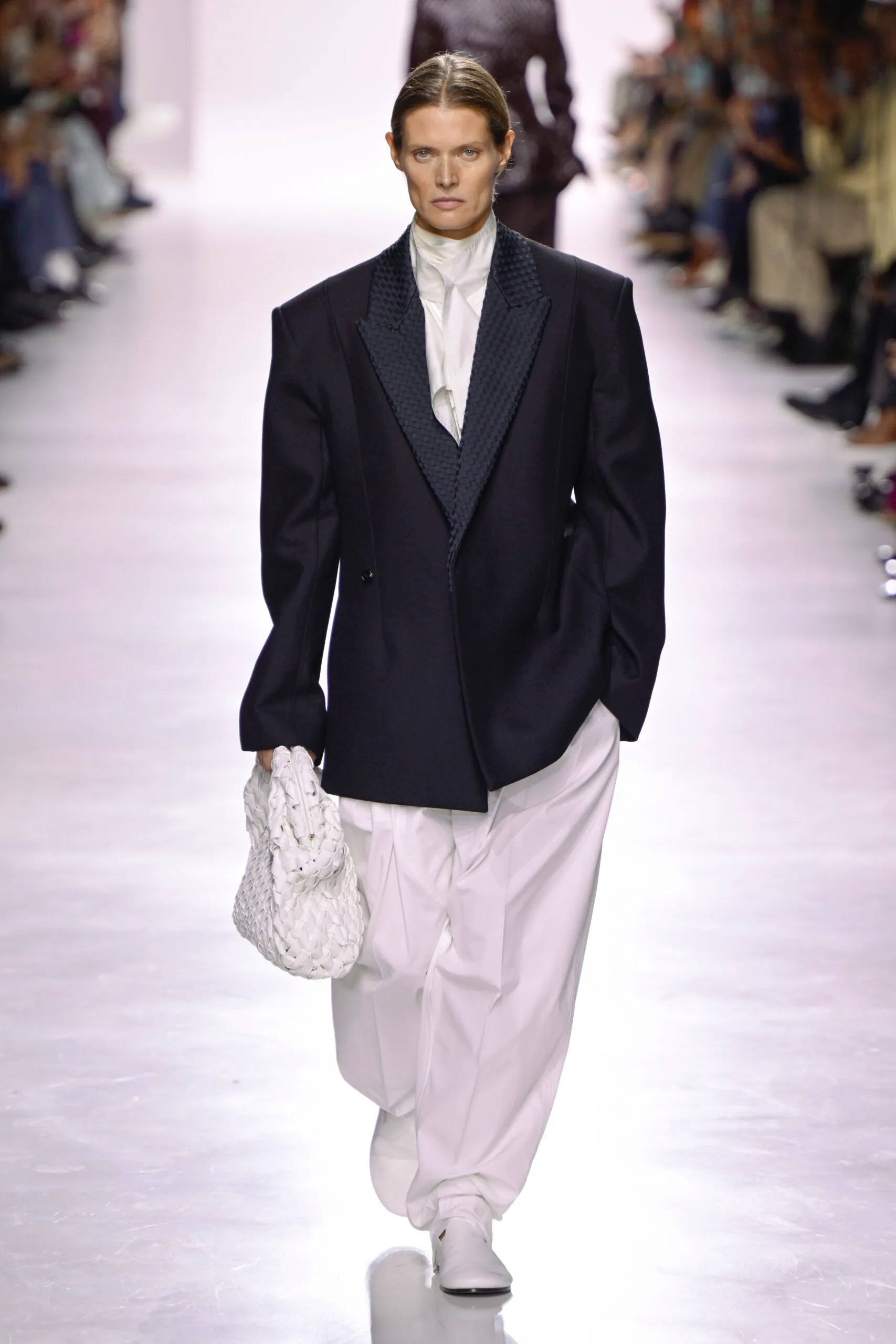

From there, a story of soft functionality unfolded. Trotter went back to the brand’s earliest archives, circa 1966–67, where she found a language of liberation in bags designed without logos. That ethos stems from the house’s decades-old slogan ‘when your own initials are enough’ and appeared in Trotter’s tailoring: pieces that slouched where you expected sharpness, amplified by structured jackets, sculptural silhouettes, and collars so sharp they made you stand up. Fringe swayed in kinetic skirts and recycled fibreglass tops, clothes you could feel in motion even from the back row, while leather and weave worked in tandem so that you could tell it was a Bottega show from thirty feet away.
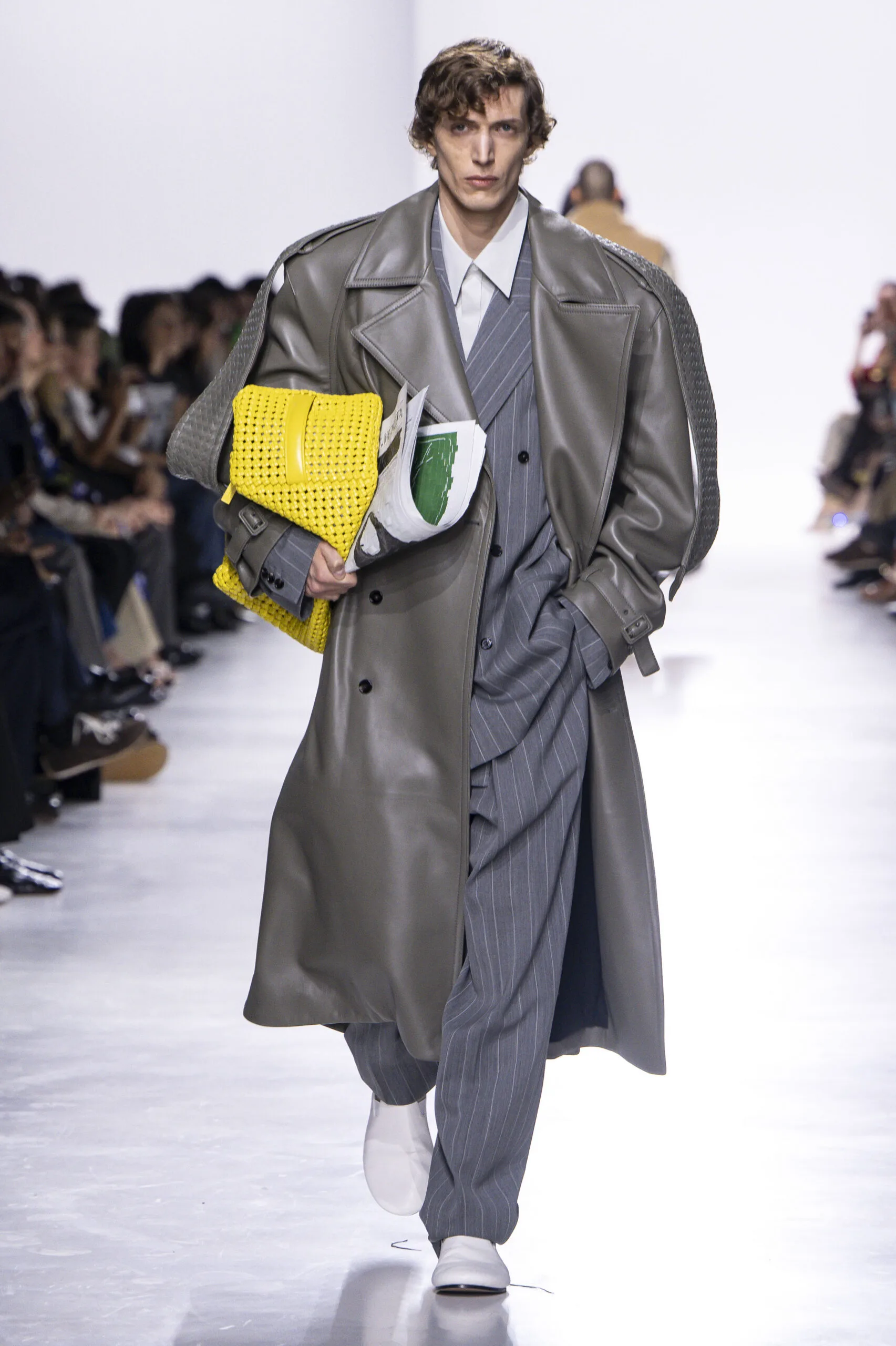
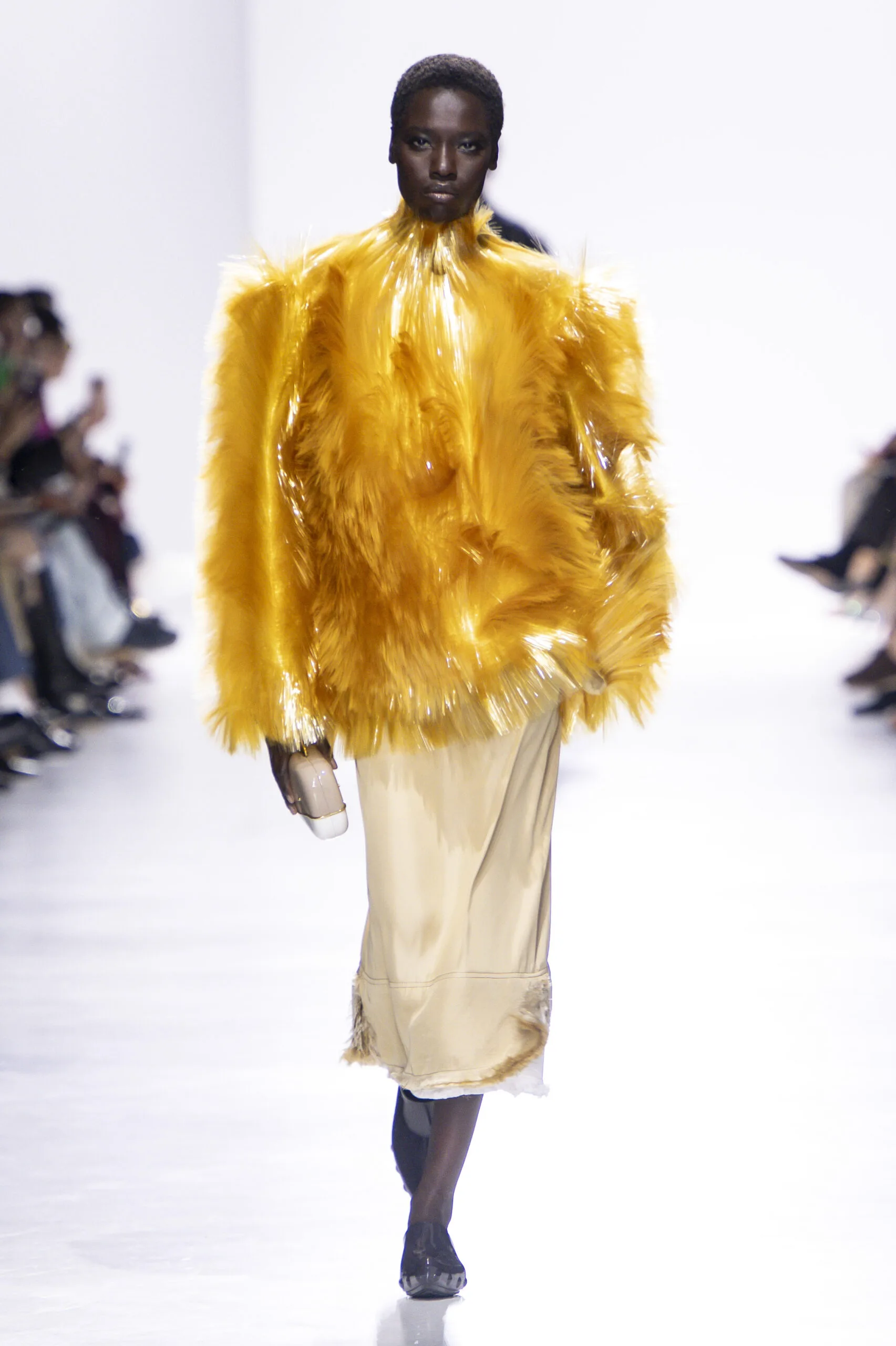
The palette stayed grounded—navy, black, brown, white and ecru—punctuated with flashes of red and green, while accessories bridged past. A new hero bag, the Veneto, arrived in oversized intrecciato, tucked softly under the arm—big enough to hide a laptop but chic enough to retire the corporate tote for good. Woven scarves looped the neck, liquid silver clogs threatened to dethrone your sneakers, and everything stayed close to the body, moving with the wearer, not around them.
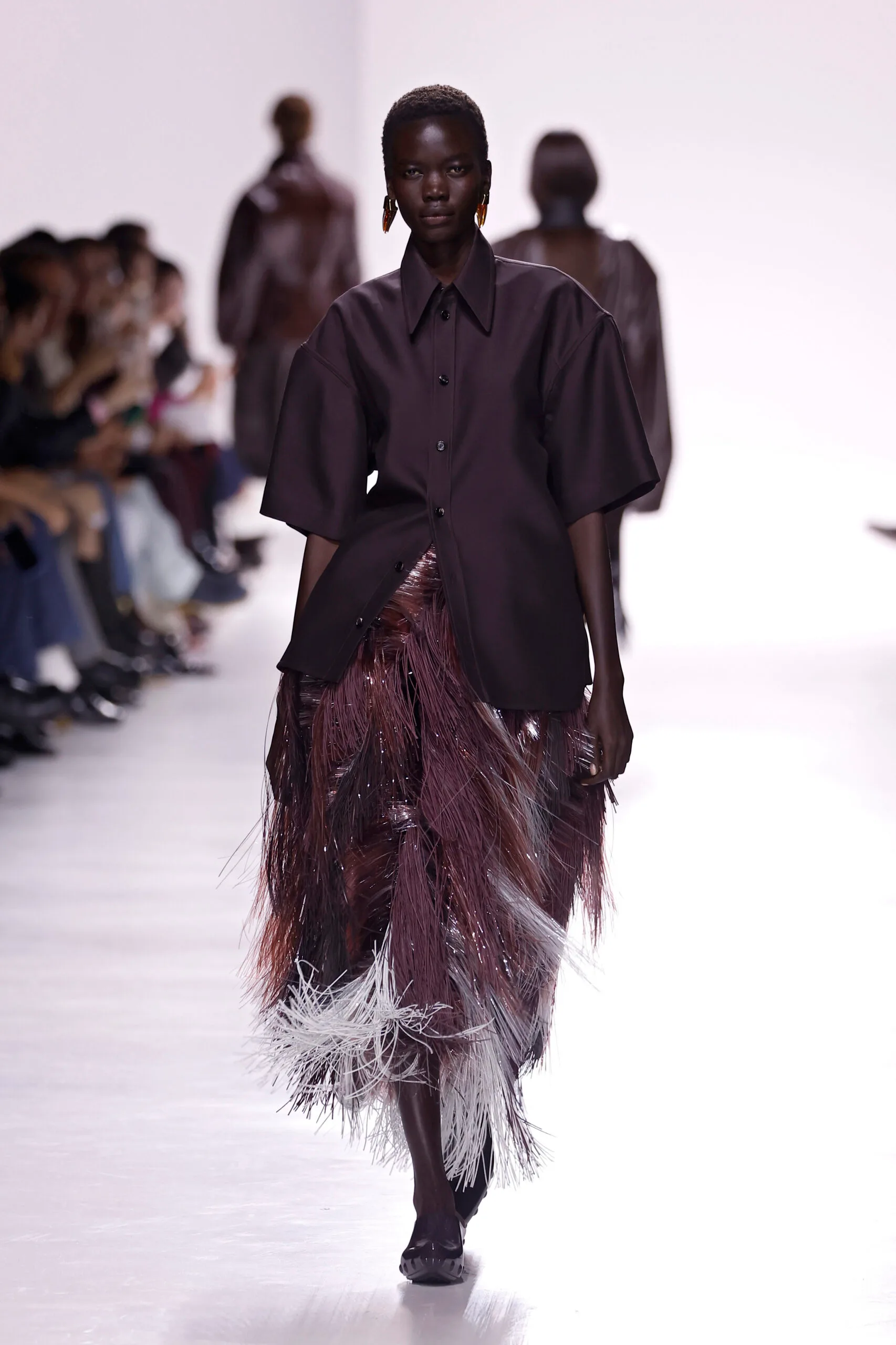
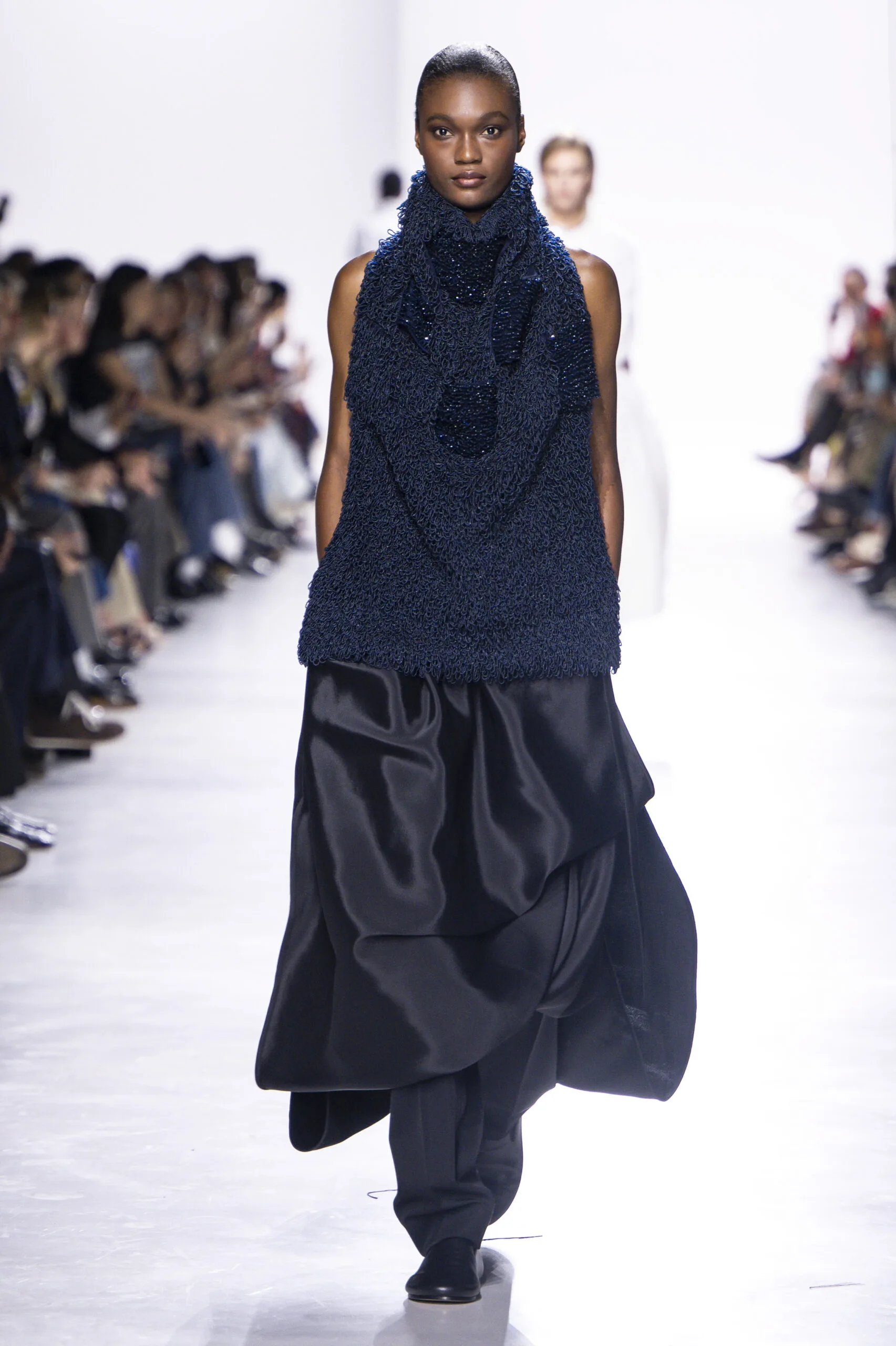
The collection’s triumph wasn’t just in what it showed, but in what it refused. No desperate grab for virality, no loud logos, no overt spectacle. Instead: gestures, subtle but cumulative, that made you want to live with the clothes, invest in them, feel them. By the finale, the applause errupted.
Bottega Veneta has always been a house of quiet power, and under Louise Trotter, that power feels unmistakable.
